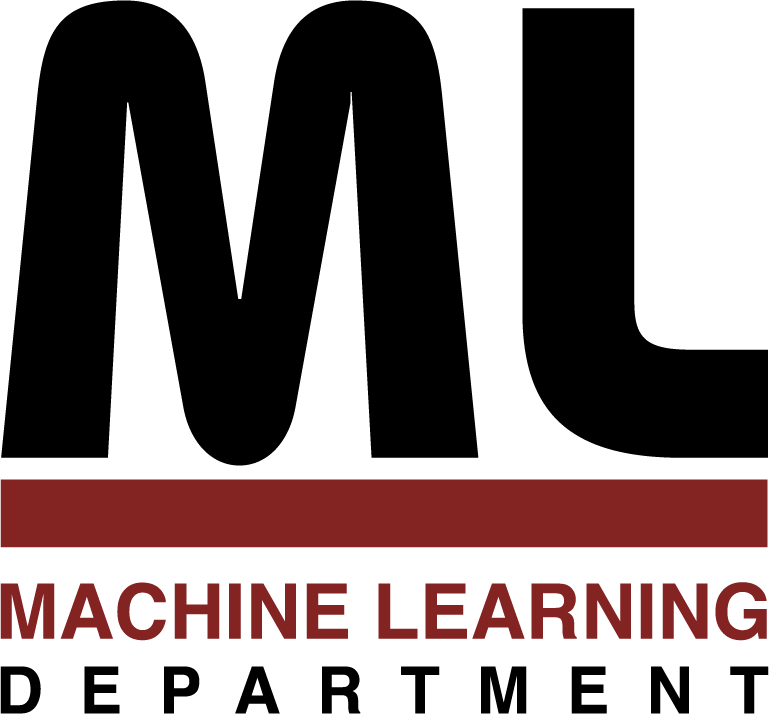
Machine Learning Department
School of Computer Science, Carnegie Mellon University
A New Nonparametric Bayesian Model for
Genetic Inference in Open Ancestral Space
Eric P. Xing, Kyung-Ah Sohn
August 2006
The problem of inferring the population structure, linkage disequilibrium pattern, and chromosomal recombination hotspots from genetic polymorphism data is essential for understanding the origin and characteristics of genome variations, with important applications to the genetic analysis of disease propensities and other complex traits. Statistical genetic methodologies developed so far mostly address these problems separately using specialized models ranging from coalescence and admixture models for population structures, to hidden Markov models and renewal processes for recombination; but most of these approaches ignore the inherent uncertainty in the genetic complexity (e,g., the number of genetic founders of a population) of the data and the close statistical and biological relationships among objects studied in these problems. We present a new statistical framework called hidden Markov Dirichlet process (HMDP) to jointly model the genetic recombinations among possibly infinite number of founders and the coalescence-with-mutation events in the resulting genealogies. The HMDP posits that a haplotype of genetic markers is generated by a sequence of recombination events that select an ancestor for each locus from an unbounded set of founders according to a 1st-order Markov transition process. Conjoining this process with a mutation model, our method accommodates both between-lineage recombination and within-lineage sequence variations, and leads to a compact and natural interpretation of the population structure and inheritance process underlying haplotype data. We have developed an efficient sampling algorithm for HMDP based on a two-level nested P´olya urn scheme, and we present experimental results on joint inference of population structure, linkage disequilibrium, and recombination hotspots based on HMDP. On both simulated and real SNP haplotype data, our method performs competitively or significantly better than extant methods in uncovering the recombination hotspots along chromosomal loci; and in addition it also infers the ancestral genetic patterns and offers a highly accurate map of ancestral compositions of modern populations.
36 pages
School of Computer Science homepage
This page maintained by reports@cs.cmu.edu